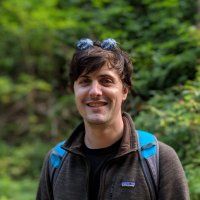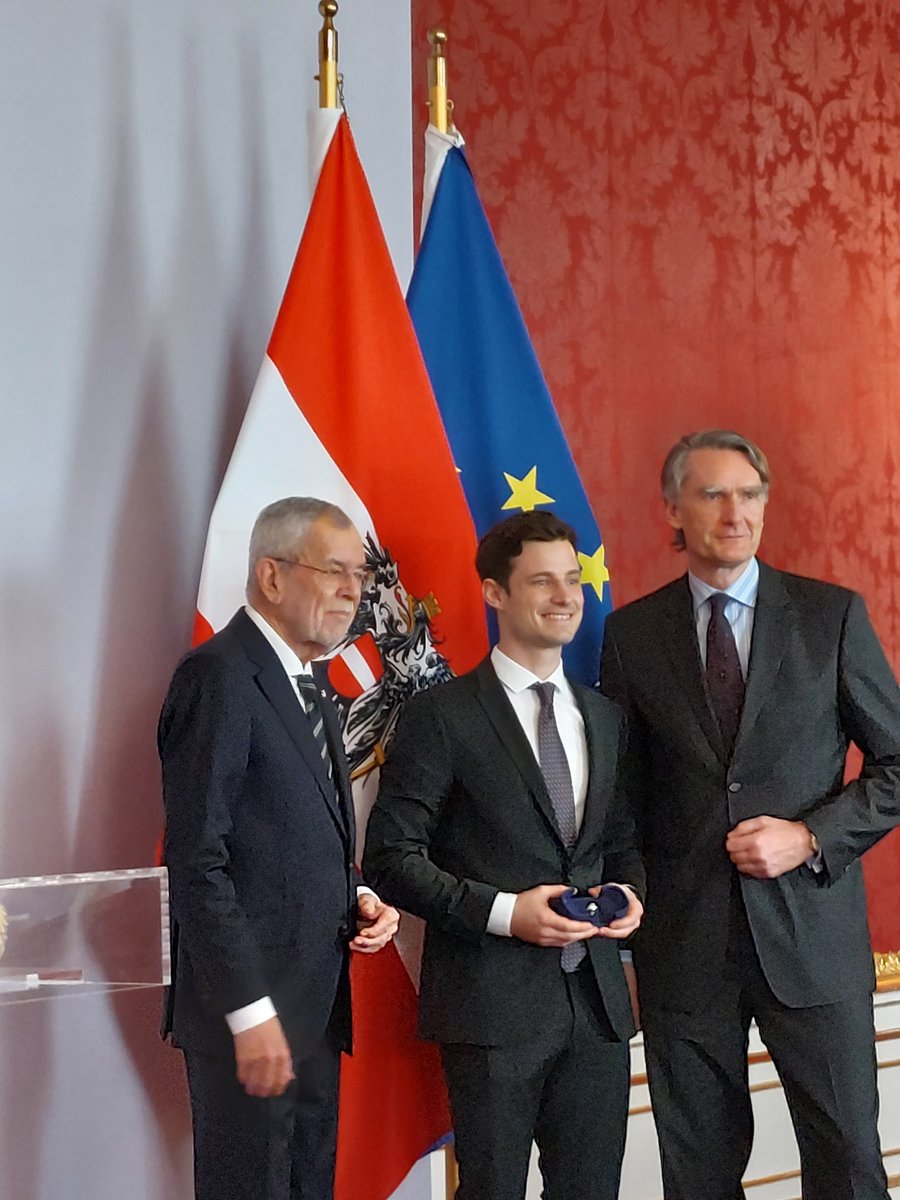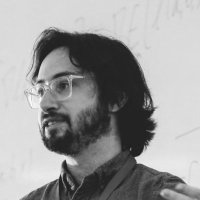
Philipp Grohs
@grohsphilipp
Full Professor of Mathematical Data Science at @univienna and group leader at @oeaw.
ID: 1395456381017276421
http://mds.univie.ac.at 20-05-2021 19:08:36
202 Tweet
520 Takipçi
162 Takip Edilen

It was a pleasure hosting the first "Deep Learning meets Variational Monte Carlo" Workshop in Vienna, organized by Michael Scherbela Leon Gerard . It is great to see such an excellent and highly motivated community emerging in this exciting field. dlvmc.mds.mat.univie.ac.at

📢 Exciting news #teamtomo! We've updated our FakET preprint presenting a new method to simulate cryo-electron tilt-series, with L. Herrmann, Philipp Grohs, and Haselbach lab. To celebrate, we've created a fun movie-style poster. Can you guess the movie? More in the 🧵.



I am looking for excellent PhD students for my research group "Mathematical Data Science" [mds.univie.ac.at] at the University of Vienna Universität Wien . Excellent candidates are invited to apply via jobs.univie.ac.at/job/University… Please spread the word!







beyond proud of my (former) PhD student Julius Berner for being awarded a Promotio sub auspiciis Praesidentis rei publicae (see en.wikipedia.org/wiki/Sub_auspi…) by the President of Austria. This is a huge accomplishment!


Learn about How well do we know #AI from Philipp Grohs et al. in our research magazine Rudolphina rudolphina.univie.ac.at/en/understandi…

🎉 Top rankings also in the subject ranking for #STEM departments of Universität Wien: - Physics: #48 out of 500 universities (2022: 301-400) - Mathematics: #34 out of 500 universities (2022: #27) Find the [German] press release here: ⬇



I am truly excited to share our latest work with Michael Scherbela, Philipp Grohs, and Stephan Günnemann on "Accurate Ab-initio Neural-network Solutions to Large-Scale Electronic Structure Problems"! arxiv.org/abs/2504.06087


📢 Michael Scherbela, Philipp Grohs, Leon Gerard and colleagues present an approach that reduces the computational cost to model and compute crystalline materials, such as graphene or lithium hydride, by a factor of 50 compared with previous work. nature.com/articles/s4358…
